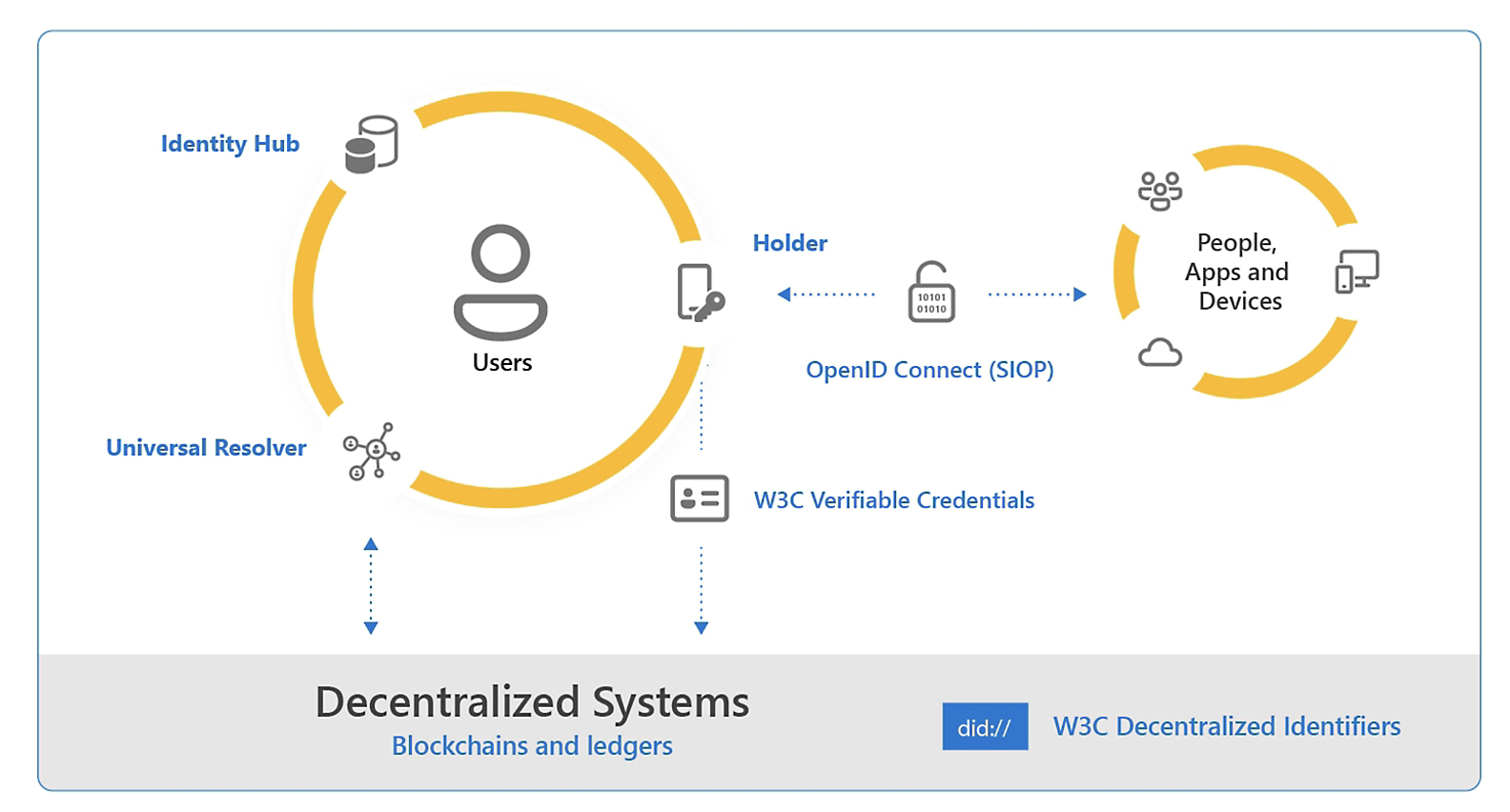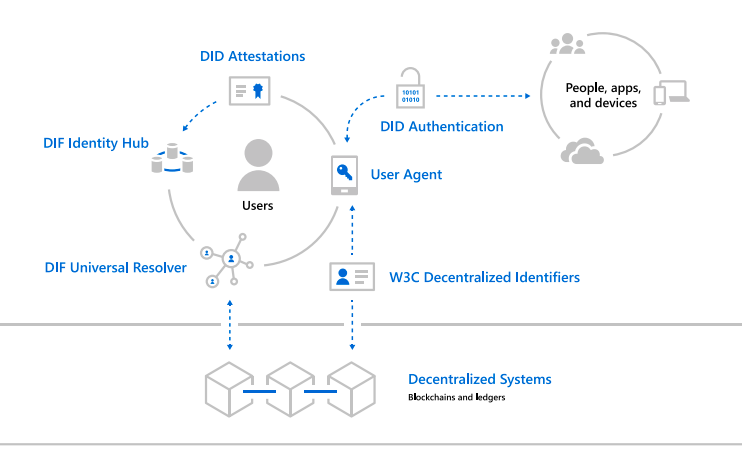How AuthNull’s Decentralized Architecture Eliminates Split Brain Problem
Much has been discussed about the split-brain scenario that occurs in Cyberark’s vault, or any other credential storage that is HA.
Split brain is a condition that can occur in distributed systems when two or more nodes disagree about the state of the system. This can happen for a number of reasons, such as network partitioning or hardware failures.
In a traditional PAM solution such as Cyberark, split brain can be a major problem. If two or more nodes disagree about who has access to a particular system, it can lead to security breaches, data corruption, and service outages.
AuthNull solves for this split brain problem in an elegant fashion. By eliminating the need to use a vault, AuthNull ensures that no split brain scenario can occur.
How does a Decentralized Vault work?
AuthNull is a decentralized PAM solution that is immune to split brain because it uses end user authenticator wallet for credential storage and not rely on a central server or database for password or credential storage. A decentralized architecture that distributes the state of the system across a network of wallets.

A Decentralized system works in the following manner:
— Organizations verify real world identity identity and issue a DID after onboarding users through an Identity Provider. Every organization tenant and user is used a unique DID., identifiers that are generated using EDSA / ED25519 signature scheme.
— AuthNull uses the W3C Decentralized Identity (W3C DID) standards and W3C Verified Credentials (W3C VC).
Users can then be issued verified credentials for specific apps, servers or infrastructure.
— These credentials are signed by (a) organization’s private key, and users’s private key and can be stored on (a) wallet and (b) Decentralized blockchains.
– These credentials are managed decentrally (using the wallet) and are verified before issuing access.
The wallets are unique to each user and they store the credentials for that user. If a wallet fails or is disconnected from the network, the other wallets continue to operate without interruption. This is because the other wallets still have the credentials for their user.
Benefits of AuthNull’s Decentralized Architecture
There are a number of benefits to AuthNull’s decentralized architecture, including:
— Immunity to split brain: As mentioned above, AuthNull is immune to split brain because it does not rely on a central server or database for password or credential storage.
— High availability: AuthNull is highly available because it can continue to operate even if one or more wallets fail or are disconnected from the network.
— Scalability: AuthNull is scalable because it can be easily scaled up or down to meet the needs of any organization.
— Security: AuthNull is secure because the credentials are encrypted and then distributed across a network of wallets backed by the user’s biometrics. This makes it difficult for attackers to compromise the credentials.
Conclusion
AuthNull is a decentralized PAM solution that is immune to split brain problem as experienced by traditional players like CyberArk. This makes it a highly reliable and secure PAM solution that is ideal for organizations of all sizes.
If you are looking for a PAM solution that is immune to split brain, then AuthNull is a good option. You can visit the AuthNull website to learn more about the solution and to sign up for a free trial.


